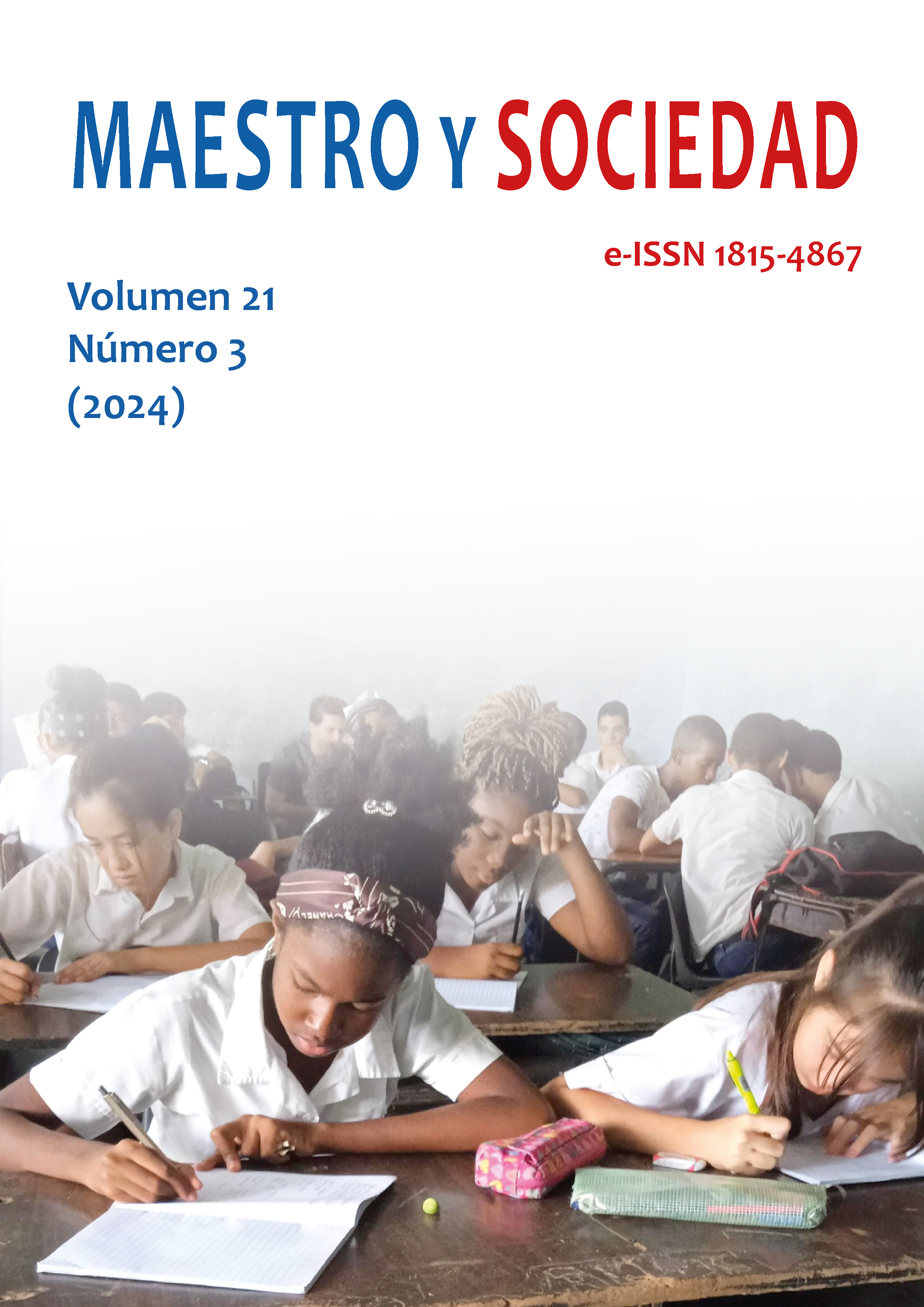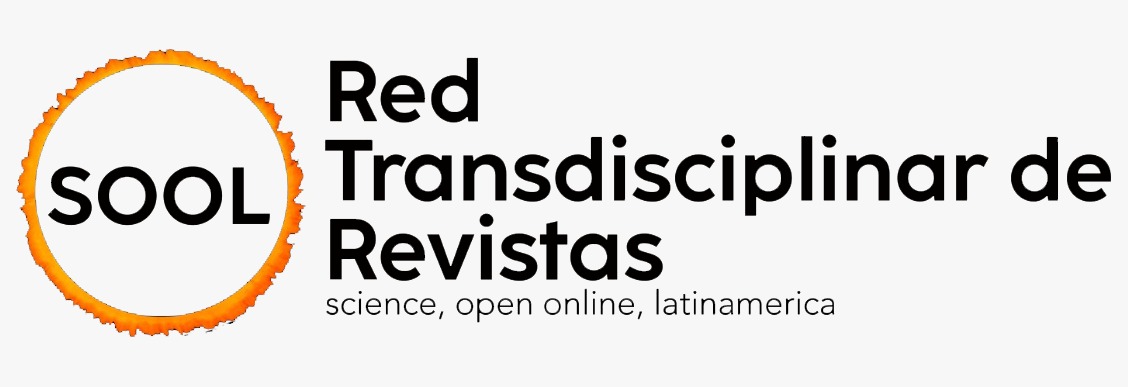Use of eco-sustainable construction materials in current buildings
Keywords:
Sustainable materials, sustainable economy, renewable resourcesAbstract
Introduction: Sustainable materials for construction are those that have a minimal environmental impact in their production and life cycle, and that favor the reduction of polluting emissions and energy savings. Materials and methods: To develop this research, a bibliographic review was carried out, and those chosen were considering that the databases used showed reliable data, were also written in Spanish and were less than 5 years old. Finally, 35 articles were selected; the vast majority of scientific articles were found in Google Scholar and Redalyc, Lilacs and Medline. Results: The results showed that sustainable materials for building homes and buildings have the fundamental characteristic that they are recyclable, reusable and do not have components that contain toxicity. On the other hand, obtaining them does not require a high cost of energy and natural resources, when compared to the use of conventional materials. Discussion: Some examples of sustainable materials used in construction are wood from responsible logging, cellulose obtained from waste paper, cork, sheep wool, baked clay, bamboo and natural paints. Conclusions: It was concluded that sustainable construction materials do not require a high cost of energy and natural resources to obtain them, when compared to the use of conventional materials. Some examples of sustainable materials used in construction are wood from responsible logging, cellulose obtained from waste paper, cork, sheep wool, baked clay, bamboo and natural paints. The implementation of sustainable materials in construction presents different challenges that have to be analyzed and addressed, taking into account important aspects such as cost, availability, awareness and regulations.
References
Feijóo-Vivas, K. S.-P. (2021). Bioproductos Desarrollados a Partir de Micelio de Hongos: Una Nueva Cultura Material y Su Impacto En La Transición Hacia Una Economia Sostenible. Revista Bionatura , 6(1), 1637–52. https://doi.org/10.21931/RB/2021.06.01.29.
Flowertown. (2020). ¿Qué Es El Hempcrete?: Todo Sobre El Hormigón de Cáñamo. El Planteo.
Foundation, T. E. (2019). Circular Economy System Diagram.
Fuentes-Cantillana, I. (2020). Bio Fabricación: Micelio Como Material de Construcción Biocomposite En Sustratos Lignocelulósicos .
Gutiérrez, A. (2021). Biomason, Un Ladrillo Que Crece de Las Bacterias. https://www.nuevamujer.com/lifestyle/2014/06/27/biomason-un-ladrillo-que-crece-de-las-
Krieg, G. (2021, Julio 21). Biobased Building Blocks of the Future: A Talk with Biomason // Material ConneXion. Entrevista Realiza Por The Stacks, Material Connexion. https://materialconnexion.com/a-talk-with-biomason/
SINEC. (2020). https://www.sinec.gob.mx/SINEC/. https://www.sinec.gob.mx/SINEC/
Solar, C. A. (2020). Aura Solar. www.aurasolar.com.mx/aura-solar-i.html.
Susunaga, J. (2019). Construcción sostenible, una alternativa para la edificación de viviendas de interés social y prioritario. https://repository.ucatolica.edu.co/handle/10983/1727
System, I. E. (2019). Pcr 2014:19 v1.0 construction products.
Troudi, H. E. (2019, January 21). El Micelio de Hongos Revoluciona La Construcción - Haiman El Troudi. Actualidad Verde, EcoVida. https://haimaneltroudi.com/el-micelio-de-hongos-revoluciona-la-construccion/
Valencia, D y Bancroft, R. (2019). Aproximación a una propuesta metodológica para evaluarla sostenibilidad en entorno de la vivienda social en Medellín. El ágora USB. http://www.scielo.org.co/scielo.php?script=sci_abstract&pid=S1657-
Valencia, D. (2018). La vivienda sostenible, desde un enfoque teórico y de política pública. http://www.scielo.org.co/scielo.php?script=sci_abstract&pid=S1692-
Valencia, D. y. (2019). Aproximación a una propuesta metodológica para evaluar la sostenibilidad en entorno de la vivienda social en Medellín. El ágora USB, 19. http://www.scielo.org.co/scielo.php?script=sci_abstract&pid=S1657-
Published
How to Cite
Issue
Section
License
Copyright (c) 2024 Luis Leonardo Zambrano Salazar

This work is licensed under a Creative Commons Attribution-NonCommercial-NoDerivatives 4.0 International License.
This journal provides immediate open access to its content, based on the principle that offering the public free access to research helps a greater global exchange of knowledge. Each author is responsible for the content of each of their articles.



























 Universidad de Oriente
Universidad de Oriente 